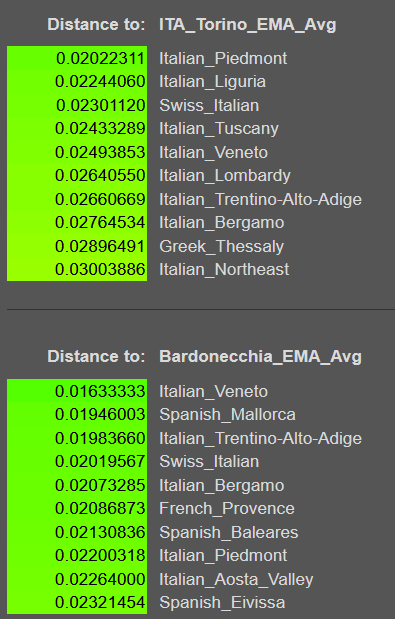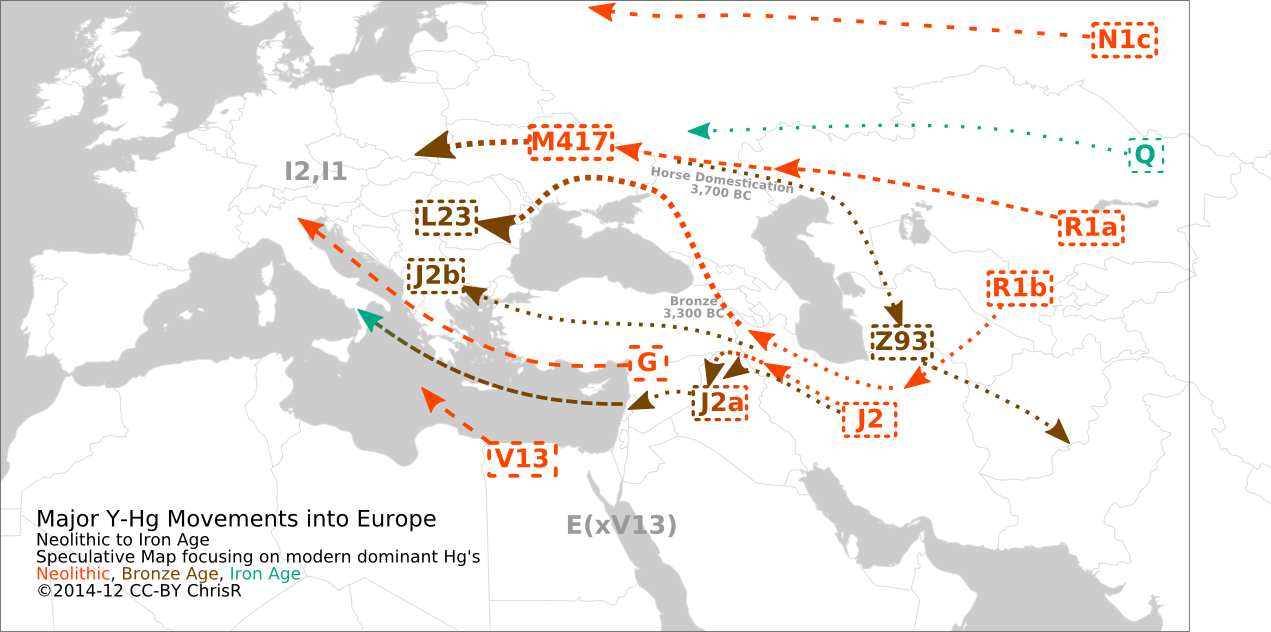New study on northern Italy between the Iron age and the roman era. There is an etruscan-italic like substratum during the iron age, while the increase of the eastern mediterranean component during the roman era might be connected to movements from Magna Grecia, mediated by the roman colonization. The germanic input might be a bit inflated, maybe due to the absence of celtic samples in the study.
View attachment 15456
The authors here clearly have an agenda with trying to emphasize the importance of their hypothetical foreign admixture scenarios when it comes to Italy. There seems to be an obsession about trying to push this narrative and I find distasteful political motivation behind it all.
Occam's razor dictates that less complex scenarios are more probable than undocumented mass migratory events from the near east and northern Europe. "Near eastern ancestry" will almost certainly correspond to Imperial Italian ancestry from Central or Southern Italy, which was in turn derived from Aegean originating Magna Graecian populations which had a genetic signature identical or similar to Skourtanioti's 2023 LBA Greeks.
"Northern European Group Ancestry" in contrast is more likely a resurgence of Northern IA Italic ancestry whose profile was retained in the alps in places like EMA Bardonecchia ~650AD. Populations beyond the alps likely had very little if anything to do with it based on their demographic insignificance in the Italian peninsula and the lack of N. European samples we see in EMA populations.
Bardonecchia EMA had no Northern or central european profiles and was homogenously modern Northern Italian like while Torino EMA had but one single french-like outlier with the rest ranging from Northern to Central Italian profiles. This "range" in turn also averaged modern-like for Piemonte when combined. The major damning factor here is that these populations are only dated to 650AD, which is only about 80 years after the Lombard entrance into Italy. If the author's hypothesis concerning Northern European mass colonization is true then we should see large quantities of 1st and 2nd generation Germanic profiles in Italian groups from this timeframe all over the general population but in contrast we see absolutely 0 of them with the only exception being langobard specific burial sites.

Now, if we are talking about Etruscans in Northern Italy these coming samples will probably have to be from Emilia Romagna, so effectively the southernmost parts of the North. It will be interesting to see if they come up as totally identical to the IA Etruscans of Tuscany or if they will instead show a more Illyrian like pull due to their proximity to the adriatic, such as what was mentioned in the Picene study abstract. It was mentioned before that the imperials in this study are only half as east med shifted as the imperial samples from Imperial Central Italy so I am guessing that based off this loose descriptoin they will turn up averaging Central Italian like, but we will have to see.
This topic also begs the question as to what post christian inhumations will genetically look like in the same region, considering that we know inhumation was considered a foreign practice to the imperial era Romans up until the popular adoption of Early Christianity. Would late antiquity christian populations in these areas be more northern shifted like we saw around the city of Rome? Or was Rome a unique case that had an excess of foreigners compared to other cities and regions in Italy? These are questions that need clarification for anyone seriously interested in the topic.




